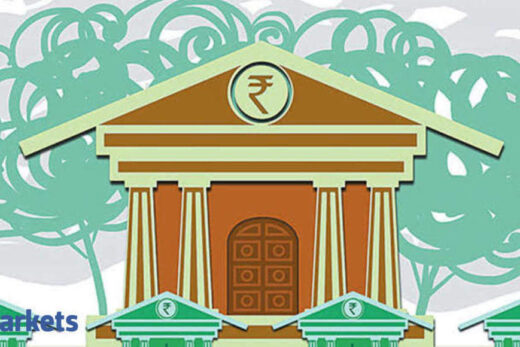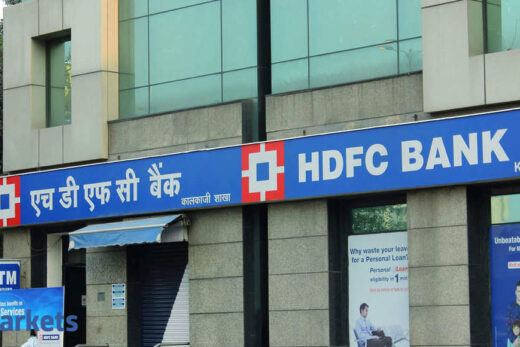Bimal Jalan, a former Reserve Bank of India governor and ex-finance secretary, has been a key player in reforms unveiled over the years. A veteran policymaker, Jalan says that India has introduced enough reforms, and now the focus should be on implementation on the ground. Excerpts:
What is your assessment of the economic reforms undertaken 30 years ago?
They have worked out very well. There were several steps to make the economy more open and that helped. There is no doubt the 1991 liberalisation was extremely positive. The 1990 crisis with India’s balance of payments made it absolutely necessary to liberalise. Otherwise, it was the old mindset, everything was controlled.
What do you think worked in getting politicians and policymakers to arrive at a consensus?
Before 1991, the total foreign exchange reserves were very small. To increase the reserves, India arranged a loan from the IMF. After that, the economy started functioning. After 1991, India started a huge liberalisation and it worked out. It had the complete support of politicians. Then PM Narasimha Rao, and later Atal Bihari Vajpayee, completely reformed the economy.
Was there any opposition to the reforms at the time?
The opposition to these reforms must have been from the corporate sector. There was a limited number of corporates who could not withstand competition. When there is competition, there is always that problem. In the 1970s and 1980s, the system was of Licence Permit Raj, and competition was highly limited.
How do you see the next 30 years of reforms, given that Covid has hurt growth?
There have been a lot of reforms now. There is no doubt about it. The only question is implementation. There are many things that we announce, but the implementation is very weak. About 80% of government expenditure is on the administrative setup. We have so many ministries and all of them would have a large staff who have to be paid their salaries. So, the amount of money that you can invest to help below-poverty line people would be much less. This is simply because the number of ministries have increased, the amount of administrative staff has also increased.
So, expenditure reforms should be the focus?
Yes, it should be the focus, and how it is actually done when the fiscal deficit is high. In terms of expenditure, India has to spend money but the fiscal deficit should not be very high. If it is high, there is inflation. When inflation is high, the RBI has to take measures to reduce money supply.
There is an argument that we should let go of this fear of fiscal deficit and spend to get out of the slowdown…
There can’t be two views on this. What is the impact of the fiscal deficit? Fiscal deficit is the demand side, and when rupees are spent, the demand for products increases and prices rise. We have to make sure that the fiscal deficit is not beyond what we can manage. India’s debt-to-GDP ratio is already high. Now, suppose it exceeds, what does it mean? It means that we have to finance debt much more than what can be done in terms of investments.
Do you think the constituency for reforms has expanded over the years, given the benefits we have seen?
There is no doubt about that. Now, there is a large premium also. Governments should make policies, but the execution should be left to private and public sectors. There is also a lot of discussion about the public sector, and the government has brought about certain reforms, for example, through disinvestment. The privatisation of the public sector is also a very good move. The policy framework is extremely positive, and the only question is the administrative part of it.
Apart from expenditure reforms, what are the others that are crucial for the years ahead?
What is important is what is actually happening on the ground. In terms of policy reforms, we’ve done enough. The Prime Minister and finance minister have announced important policies, however, implementation has to be better.




